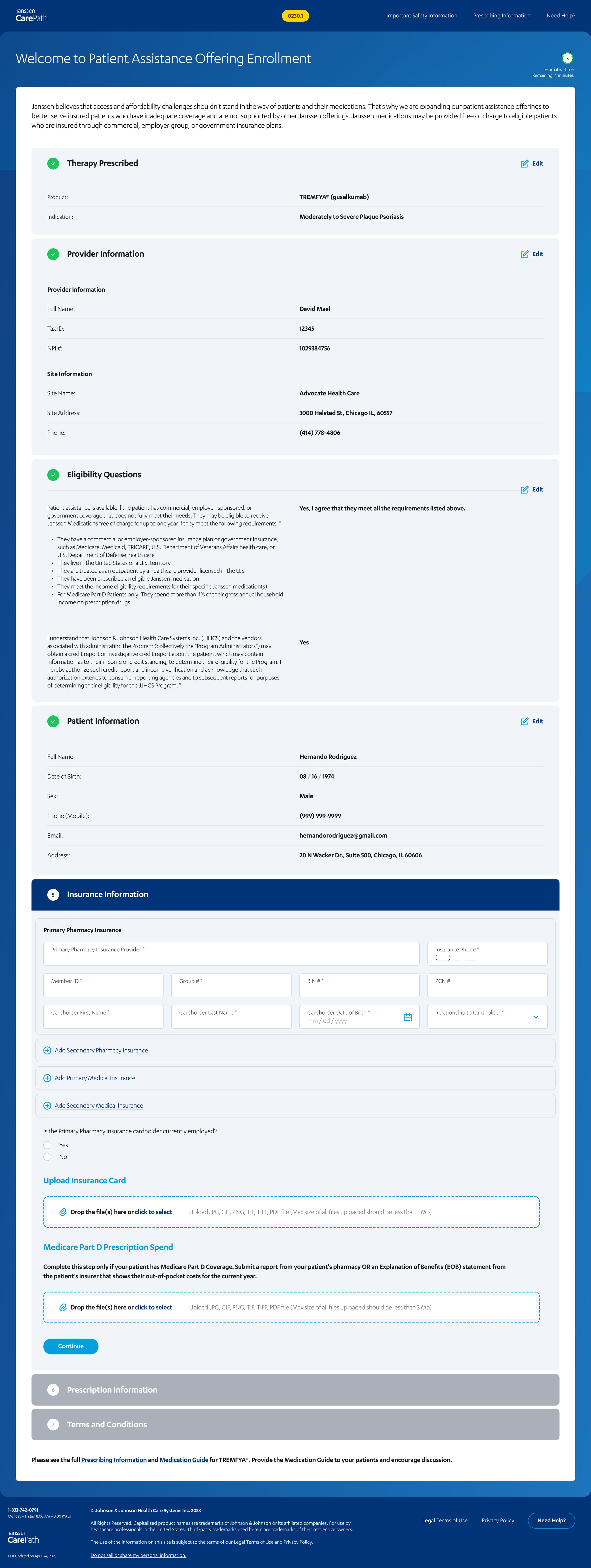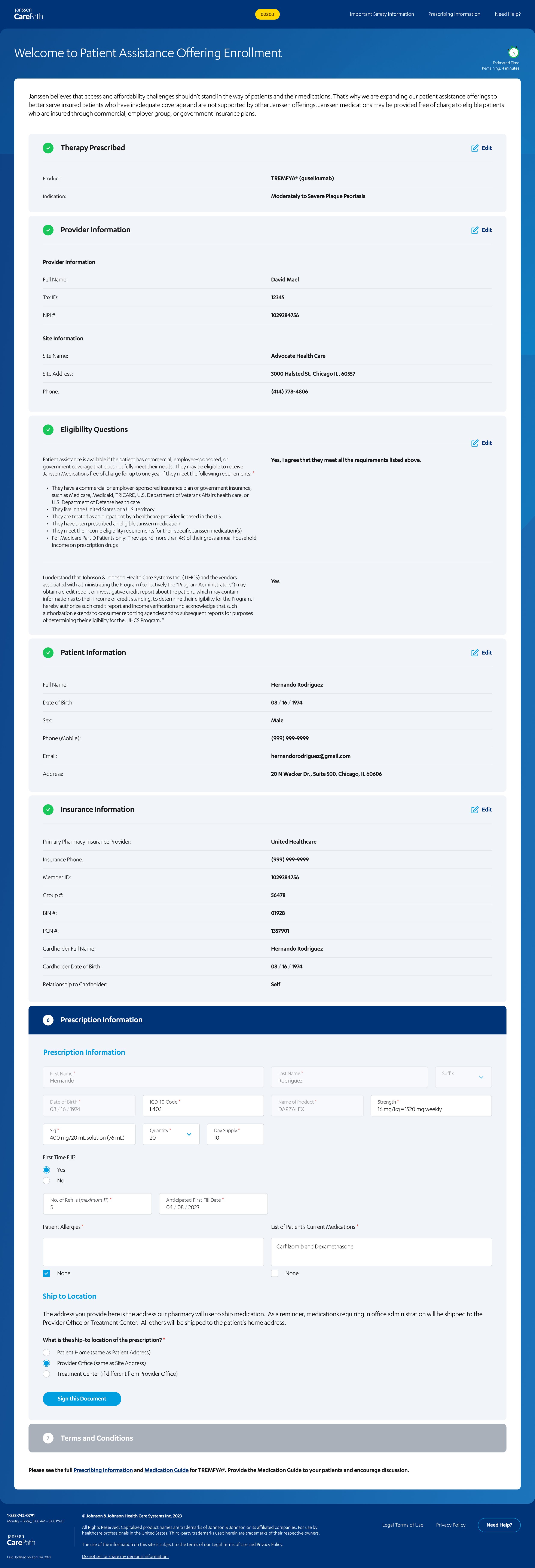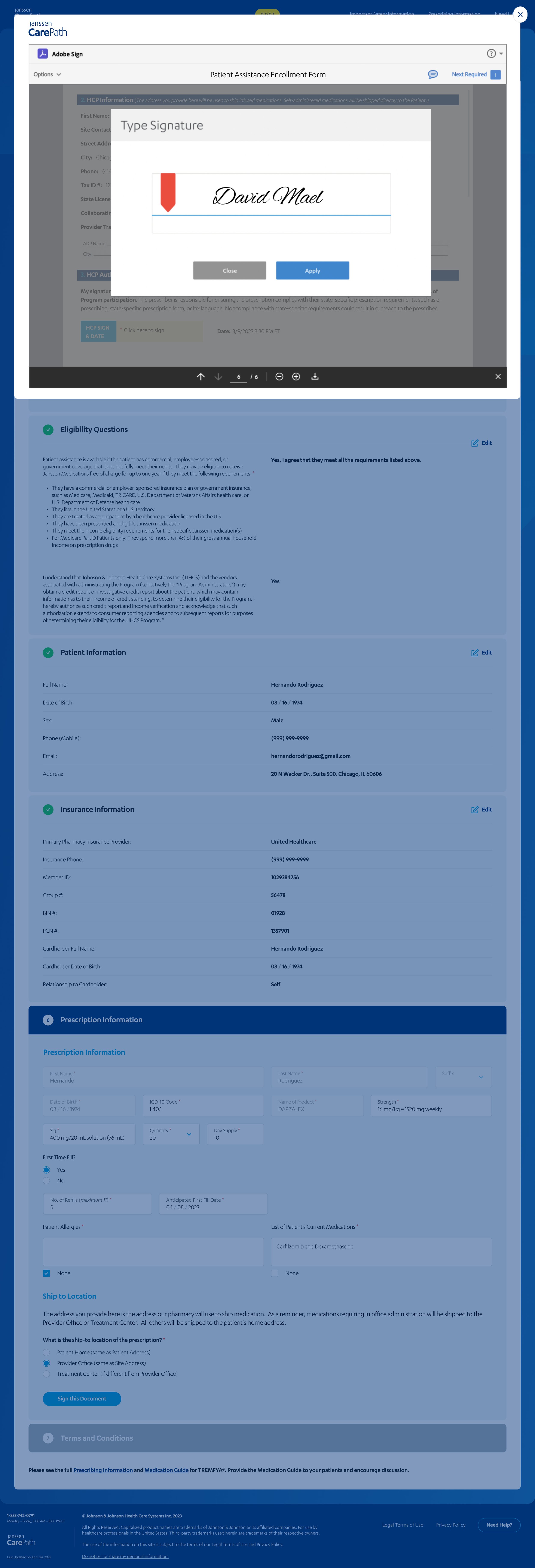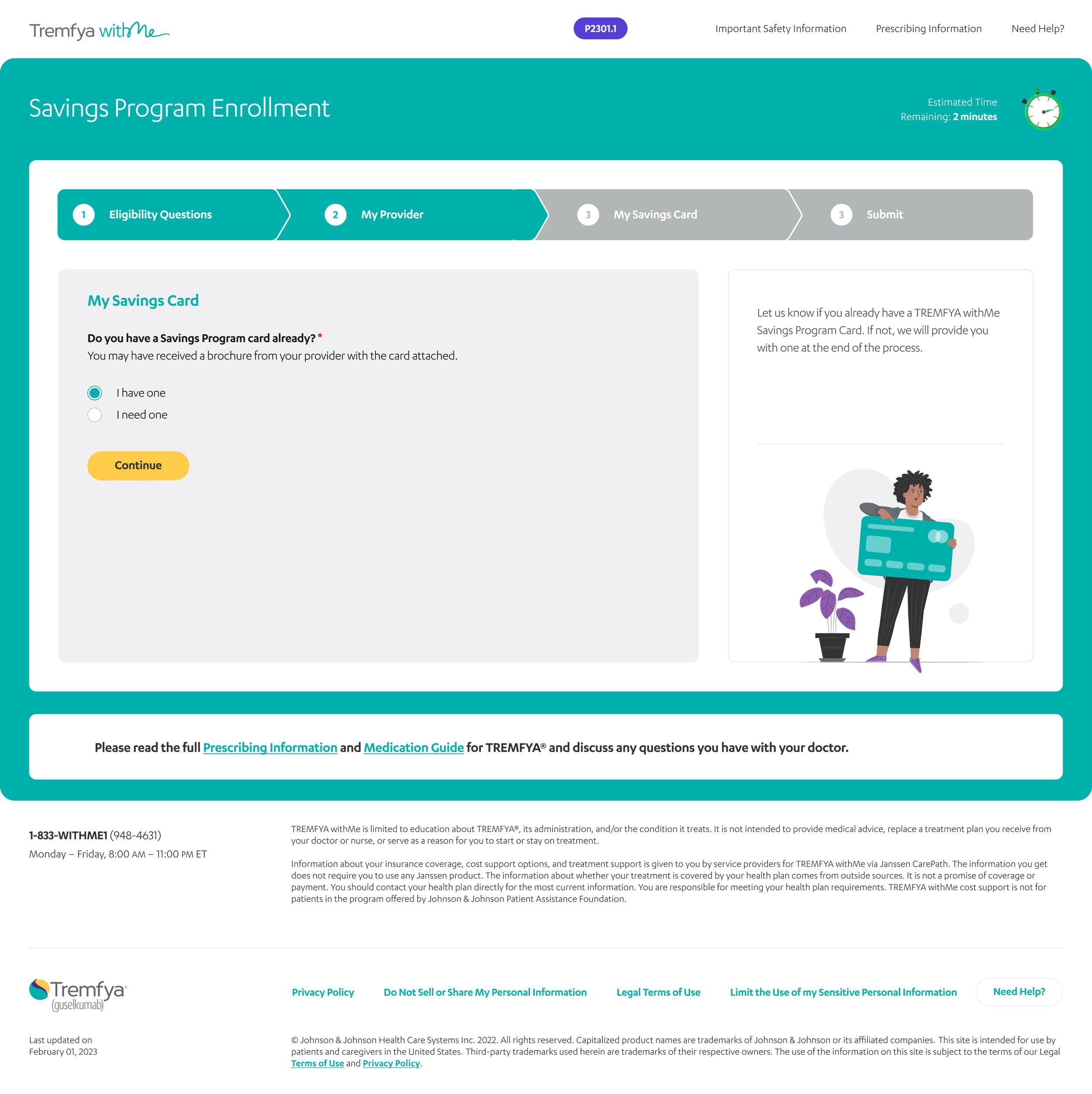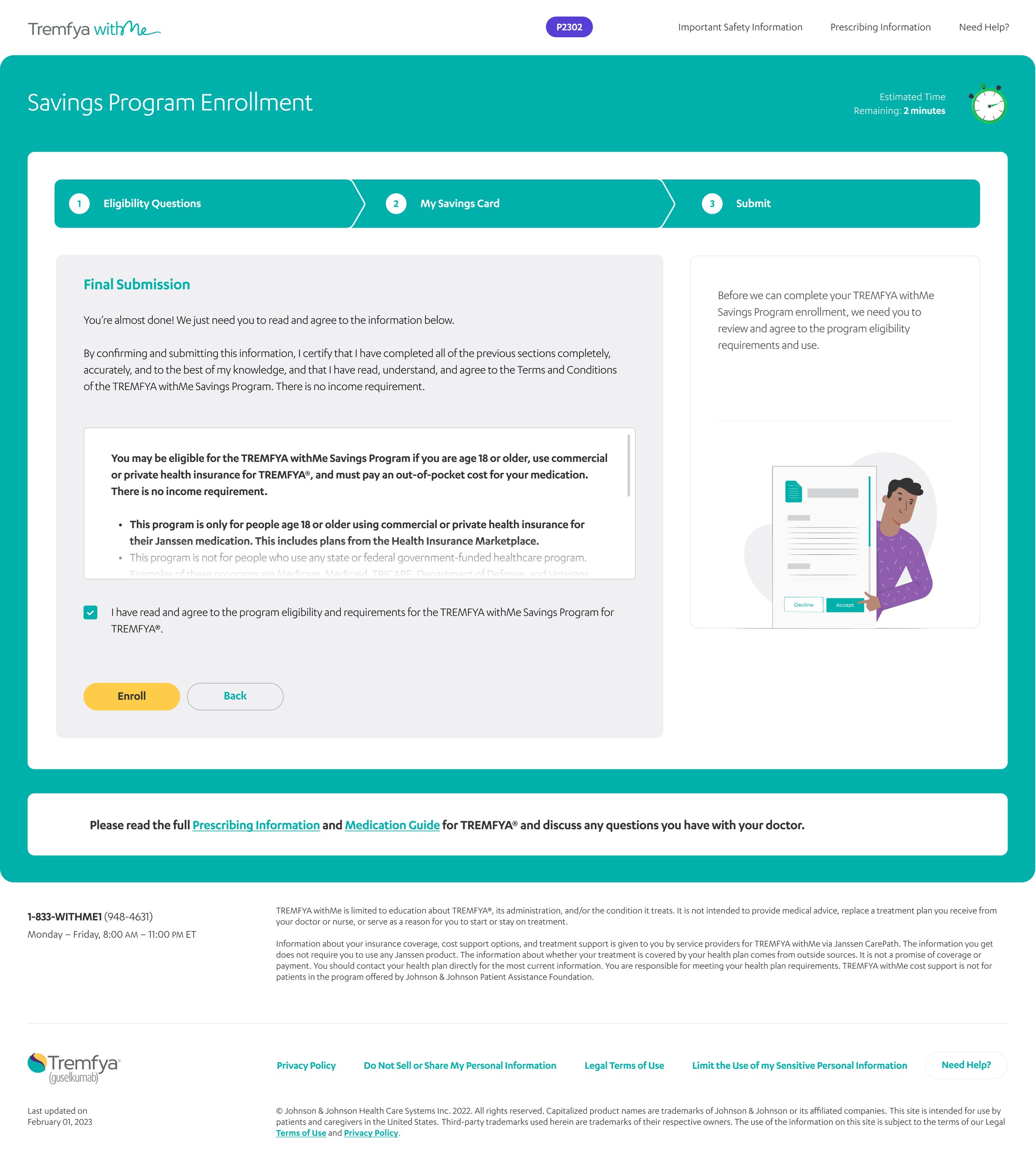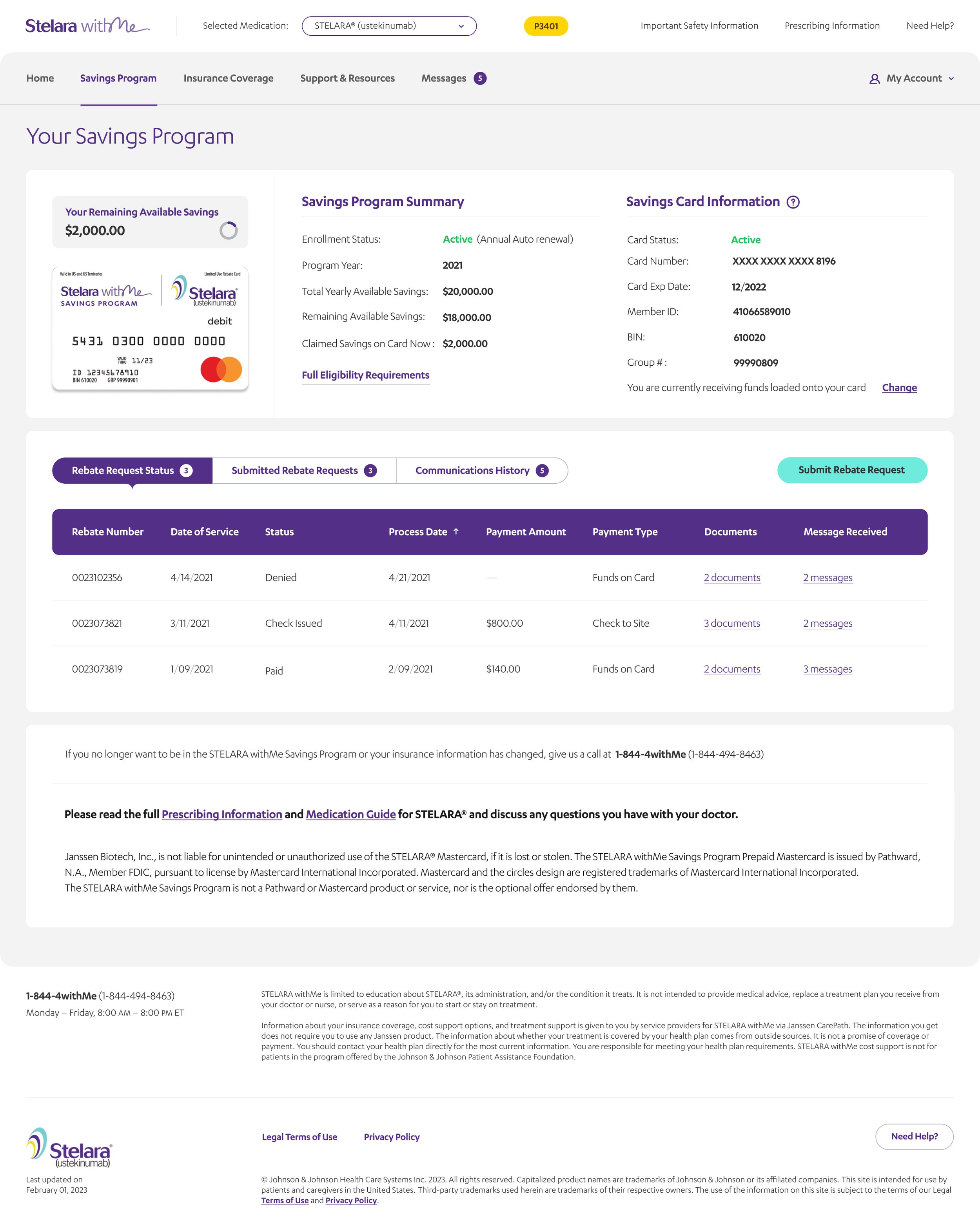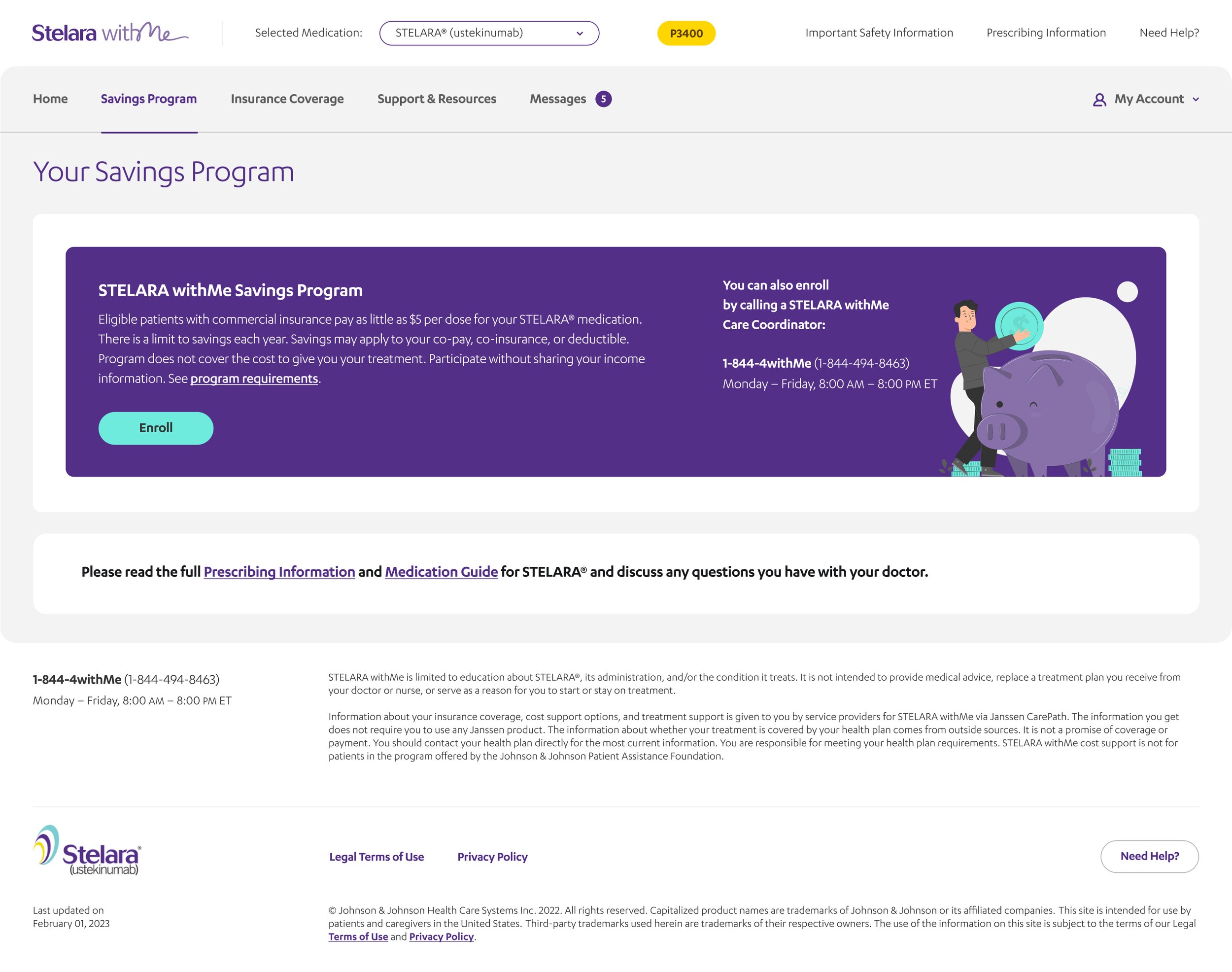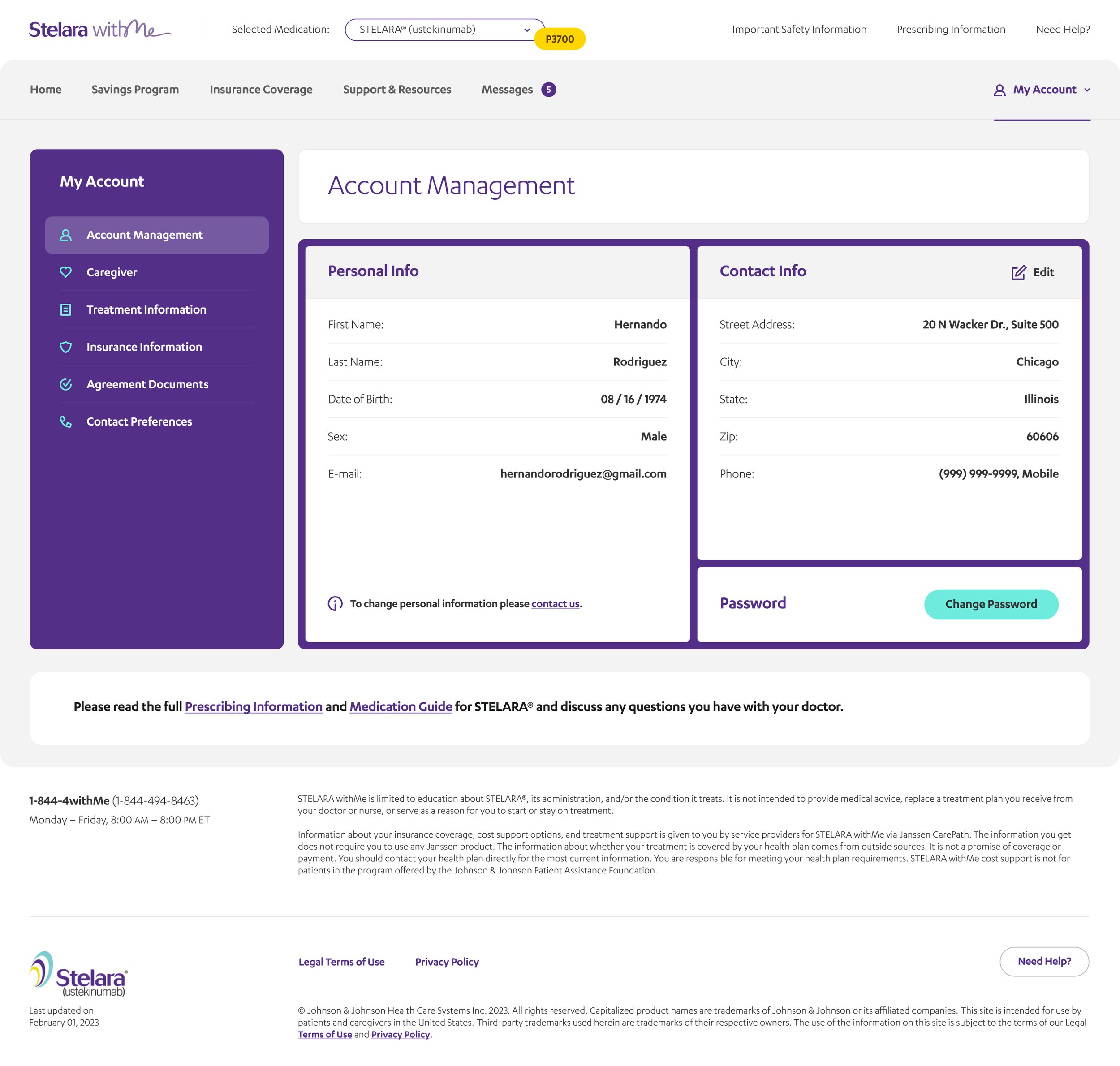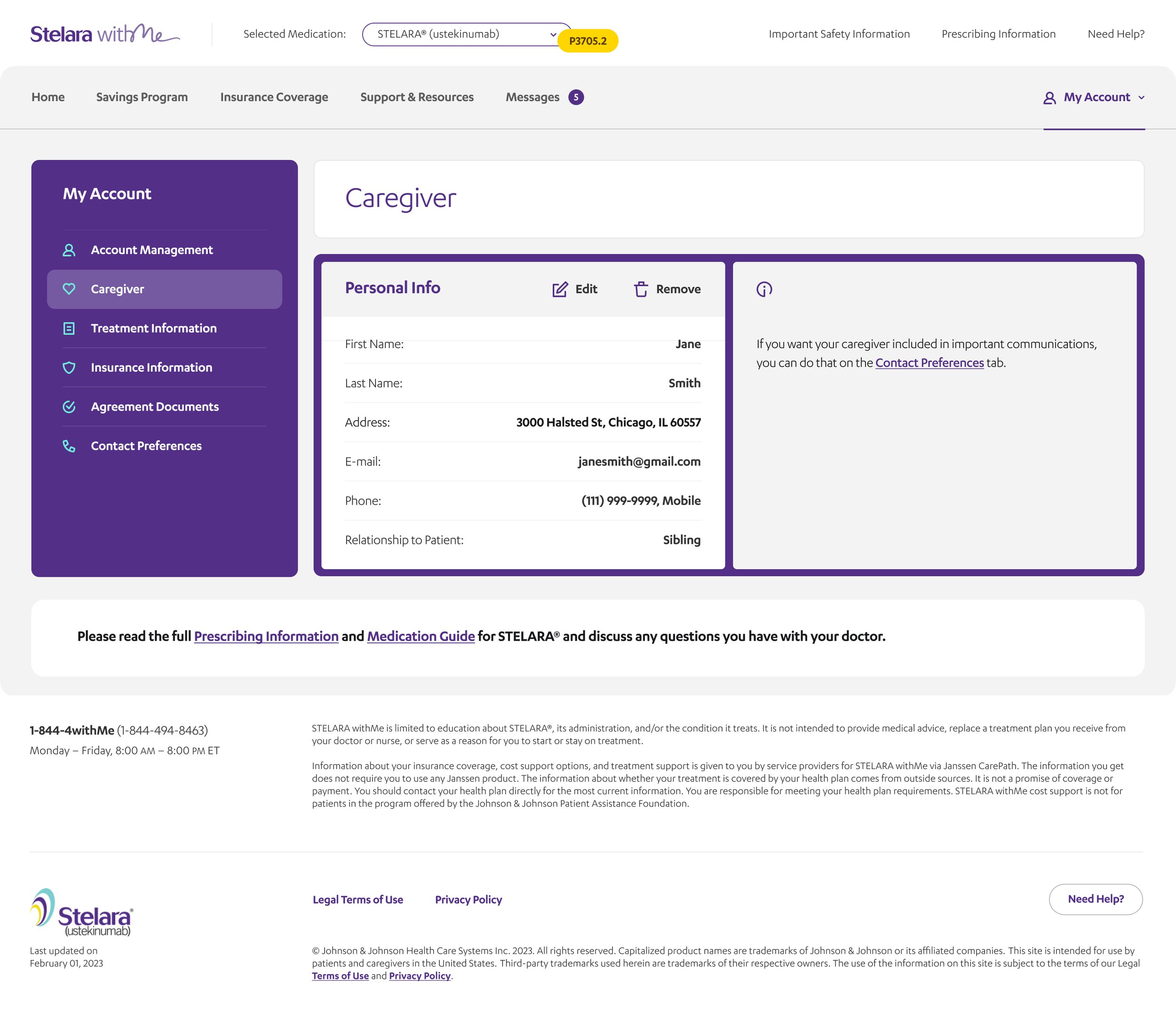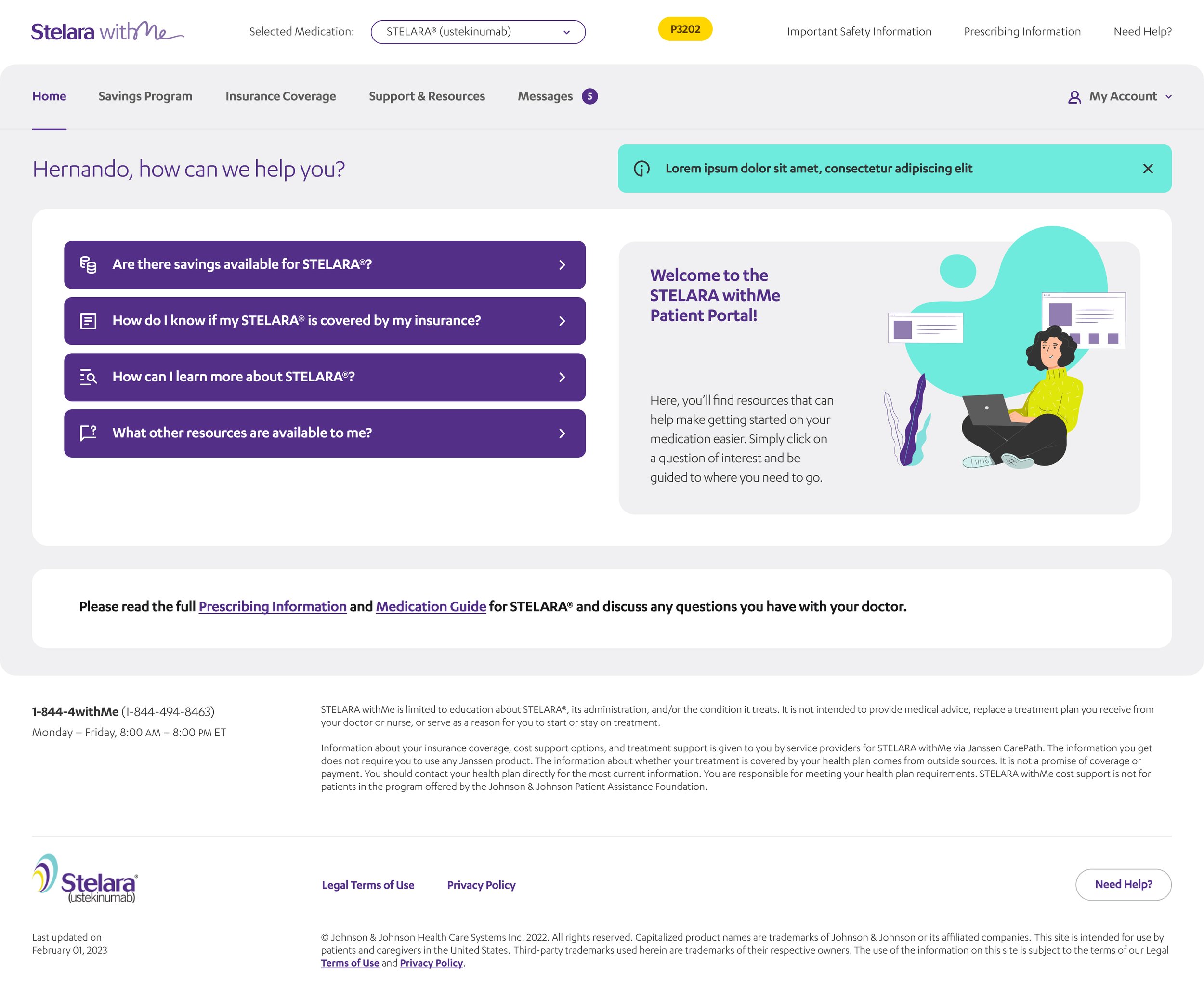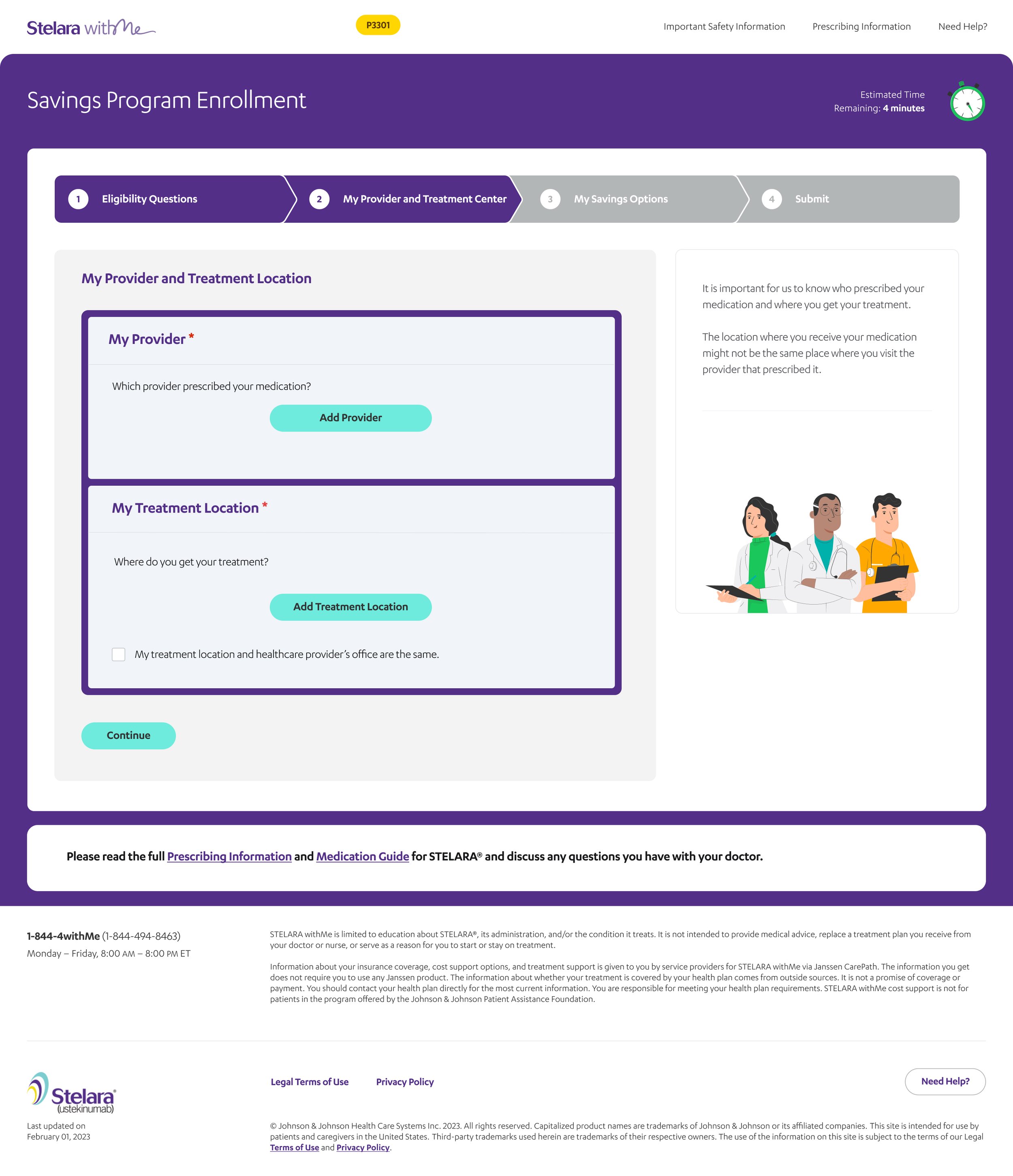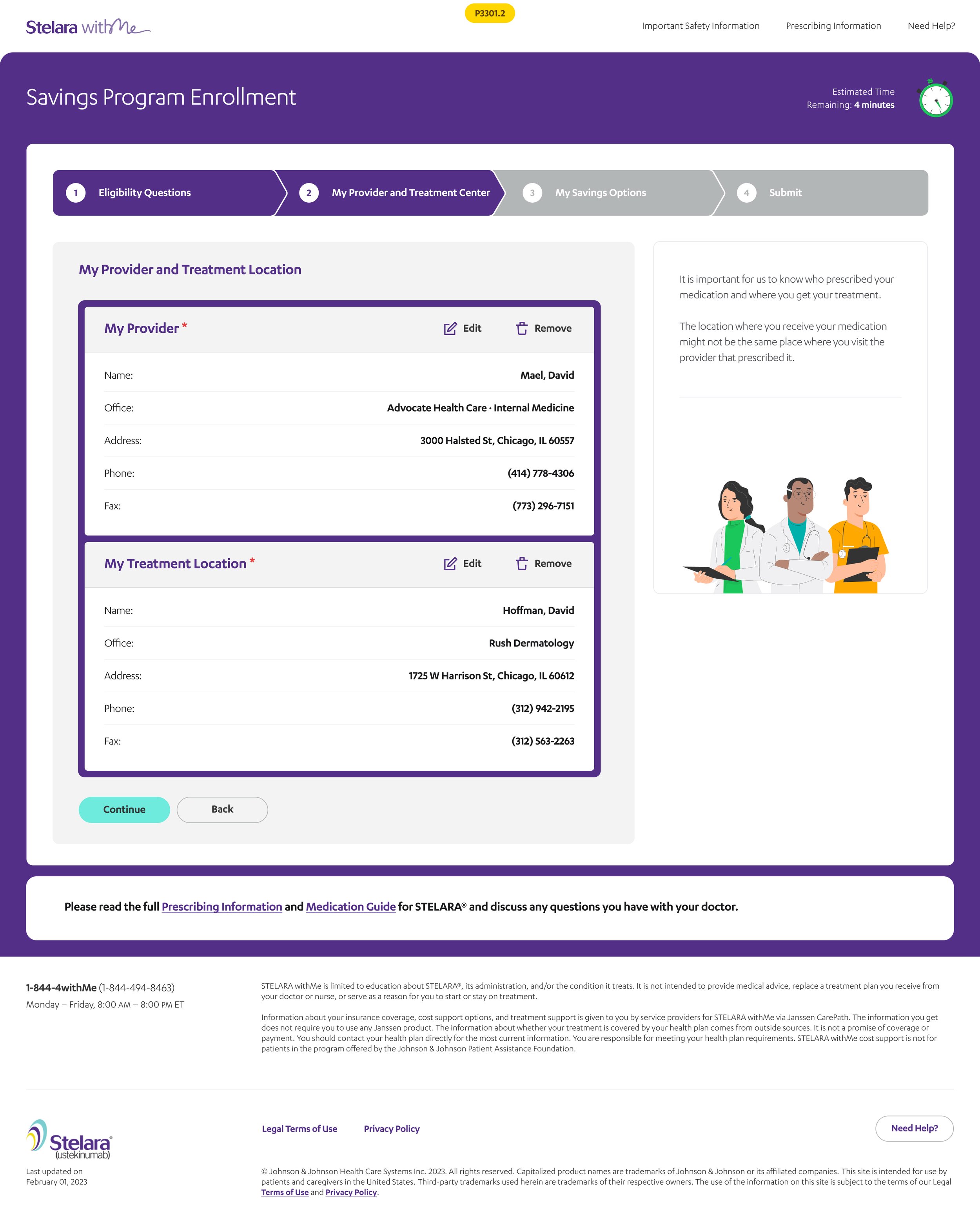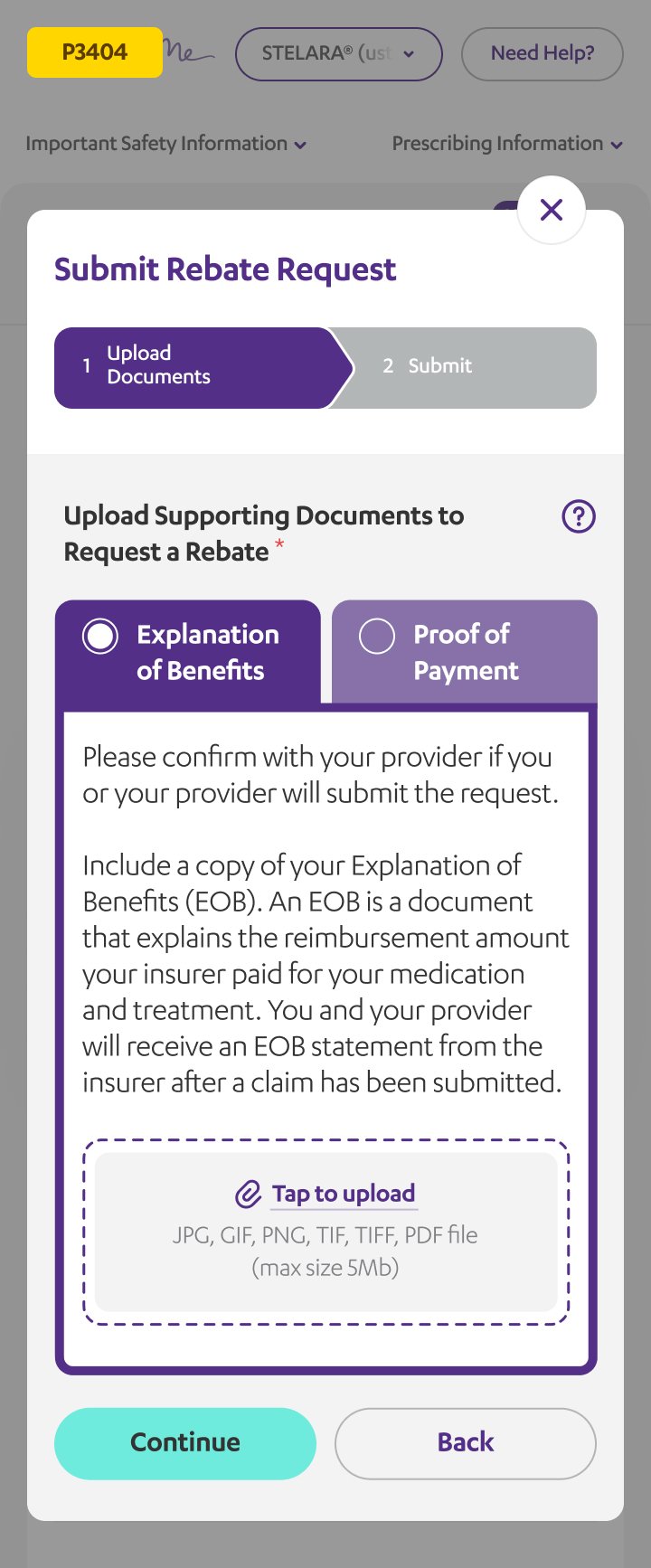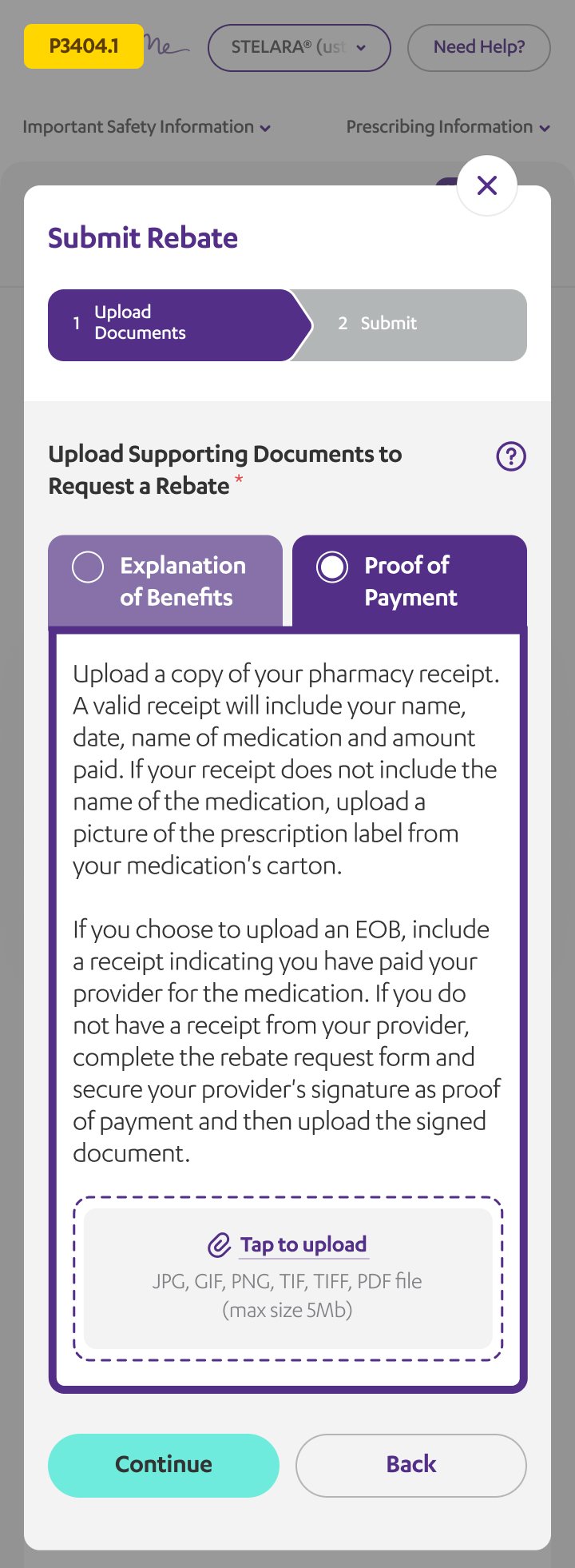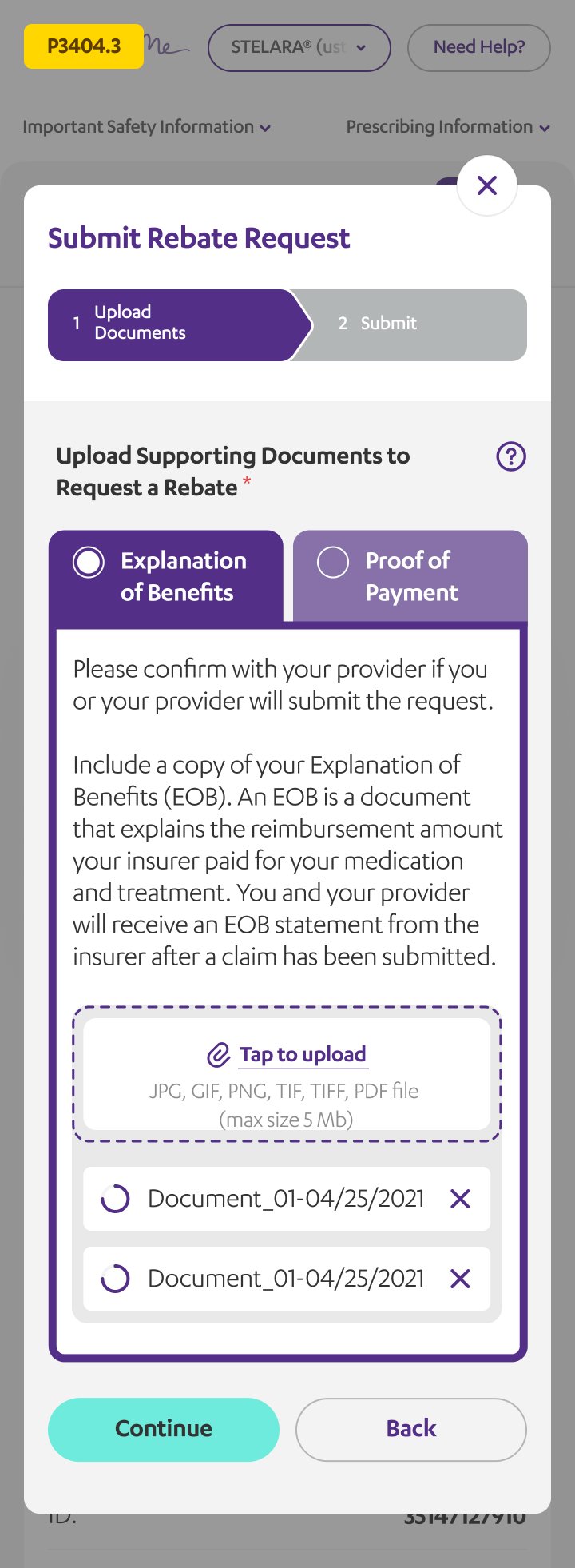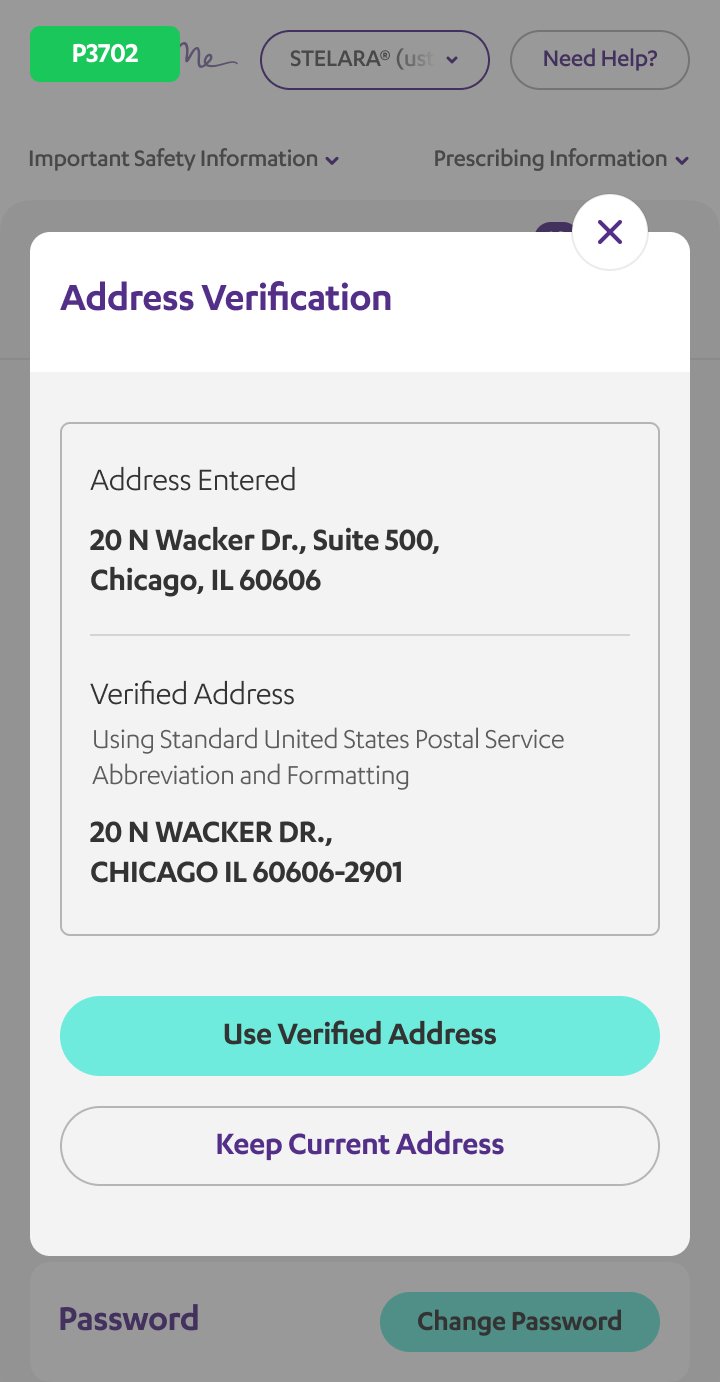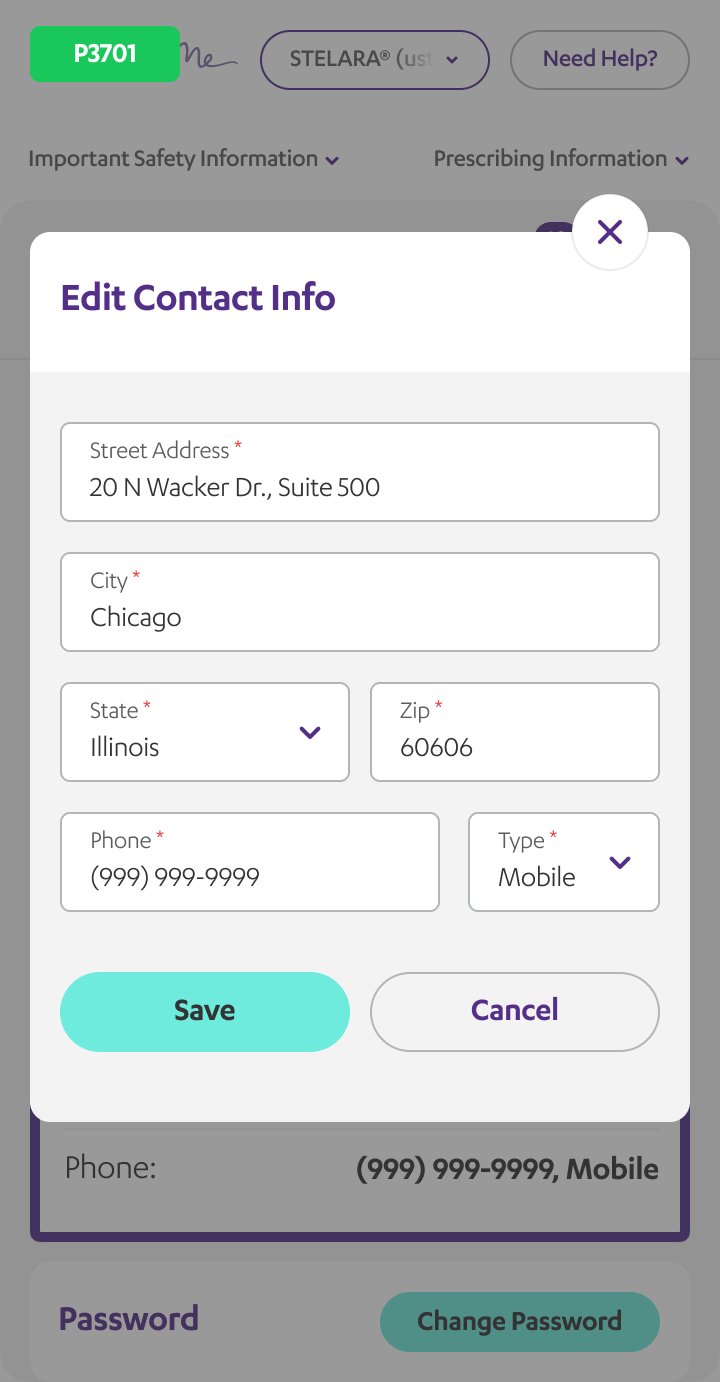Client
Johnson & Johnson
Summary
My responsibility was to ensure consistent user experiences and branding strategies across multiple drug brands. I aligned specific checkpoints for medical professionals and patients while preserving the distinct brand identities of each drug — aka Project D.E.L.A.W.A.R.E. (Designing Exceptional Life-long Accessible Websites And Reliable Experiences)
UX Design, Desktop & Mobile Designs, Art Direction, Information Architecture
Responsibilities
9 Months
Project Time




Introduction: Empowering Patients and Healthcare Providers Through Innovation
Imagine navigating a maze when all you need is a clear path to your destination. This was the experience for many doctors, nurses, and patients using the Janssen CarePath program. Designed to support patients in managing their healthcare journeys, Janssen CarePath faced significant challenges: complex navigation, outdated design, and impersonal user experiences. These issues resulted in frustration and underutilization of valuable resources. As a Senior UX Designer at IBM, I was driven to transform this digital experience, making it more intuitive, engaging, and supportive for all users.
Background: A Mission to Improve Lives
My journey with Janssen CarePath began with a clear mission: to enhance the user experience for doctors, nurses, and patients. The stakes were high, as our goal was to ensure that every user could easily access the information and support they needed. With a passionate team of UX designers, researchers, product managers, and developers, we embarked on a nine-month project to redesign the platform.
The Janssen CarePath application was used to create requests for medications created by Johnson & Johnson. Users, including healthcare providers and patients, would enter patient information such as name, address, age, DOB, and insurance details to determine if the medication could be covered through their policy. Each medication had its own branding and specialized user portals, one for healthcare providers and one for patients.
Research & Discovery: Understanding the User's Pain
Our first step was to immerse ourselves in the world of our users. We conducted in-depth stakeholder interviews with program managers and healthcare professionals to understand their perspectives and challenges. This initial research revealed that the core issues were not just about aesthetics but also about functionality and accessibility.
We then turned to the users themselves. Through surveys, interviews, and usability testing, we gathered insights from doctors, nurses, and patients. The feedback was eye-opening:
Complex Navigation: Users found it difficult to locate relevant information quickly.
Outdated Interface: The design was not user-friendly and felt obsolete.
Lack of Personalization: The experience was generic and did not cater to individual needs.
Access Issues: Users struggled to find and utilize financial assistance and support resources.
These insights formed the foundation of our redesign strategy.
Design Process: Crafting a User-Centric Experience
1. Persona Development:
We created detailed personas representing various user groups, including doctors, nurses, and patients. These personas guided our design decisions, ensuring that we addressed the needs of all stakeholders.
2. User Journey Mapping:
We mapped out the typical user journeys for accessing treatment information, financial assistance, and support services. This helped us identify key touchpoints and areas for improvement.
3. Wireframing & Prototyping:
Our team developed wireframes focusing on simplifying navigation and improving information accessibility. We created interactive prototypes to visualize new features and gather feedback through iterative testing.
4. Visual Design:
We implemented a modern, clean design language to enhance readability and ease of use. Personalization features, such as customized content recommendations and user-specific dashboards, were introduced to make the experience more relevant and engaging.
5. Usability Testing & Iteration:
Multiple rounds of usability testing with real users, including doctors, nurses, and patients, helped us refine the design. We made iterative improvements based on feedback to ensure the platform met user needs.
Solution: A Seamless and Personalized Experience
1. Enhanced Navigation:
Simplified menu structure and a robust search function helped users find information quickly. A clear, intuitive layout categorized resources and support options.
2. Personalized Experience:
A personalized dashboard allowed users to access relevant information and resources based on their profile and needs. Customized recommendations for treatment options and financial assistance made the experience more meaningful.
3. Improved Access to Support:
Streamlined processes for requesting financial assistance and connecting with support resources. A comprehensive FAQ section and live chat support provided immediate assistance.
4. Modern Visual Design:
A fresh visual design with improved typography, color schemes, and iconography enhanced readability and visual appeal. The design was accessible and responsive across various devices.
Project Delaware
Outcome: A Transformed User Experience
The redesigned Janssen CarePath platform resulted in significant improvements:
Increased User Satisfaction: A 25% increase in positive feedback regarding ease of use and overall experience from doctors, nurses, and patients.
Higher Engagement Rates: A 30% increase in the usage of key features like personalized dashboards and support resources.
Improved Accessibility: Enhanced navigation and search functionality led to a 40% reduction in user complaints related to finding information.
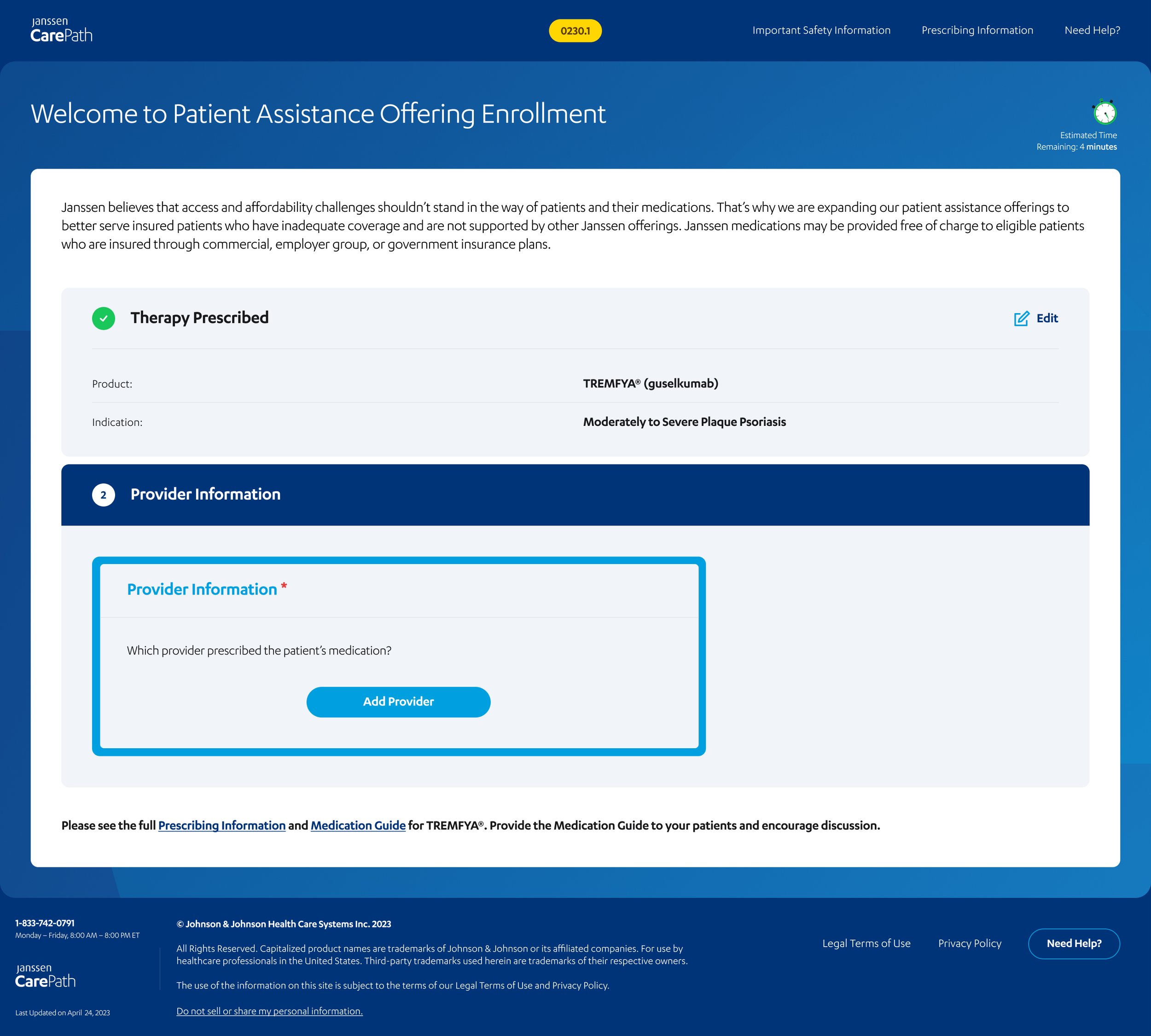










Conclusion: Reflecting on the Journey
The transformation of the Janssen CarePath platform was more than just a redesign; it was a journey of understanding and addressing the needs of doctors, nurses, and patients. By focusing on user-centric design principles and continuous iteration, we created a platform that genuinely supports users in their healthcare journeys. This project not only showcased my UX skills but also reinforced my belief in the power of empathy-driven design.
Personal Reflection
This project reminded me of why I became a UX designer: to make a tangible difference in people's lives. Working closely with a dedicated team, navigating challenges, and ultimately seeing the positive impact of our work was incredibly rewarding. The Janssen CarePath redesign is a testament to the importance of understanding users' needs and continuously striving to improve their experiences.
Janssen Carepath
Desktop



























Mobile
Tremfya withMe
Mobile
Desktop
Stelara withMe
Mobile
Desktop



